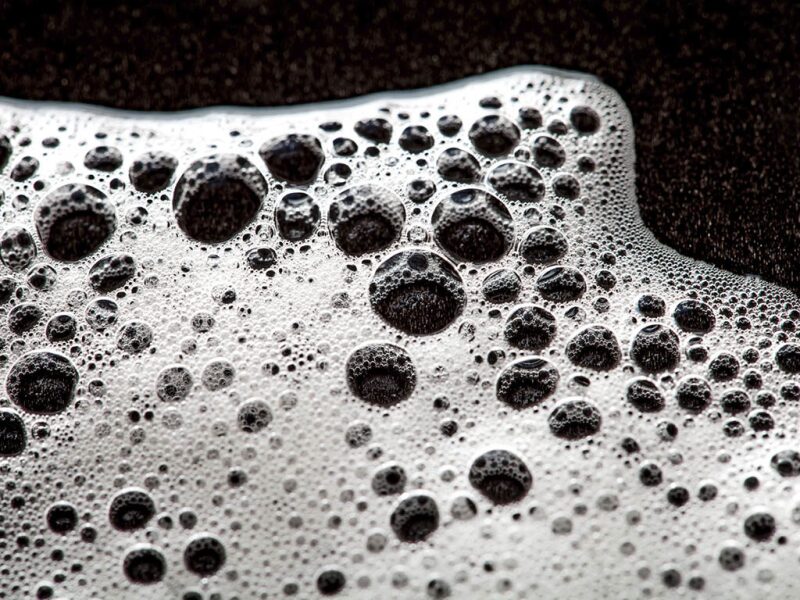Carbon dioxide (CO2) with 30% foam quality (FQ) has been introduced for the first time during acid fracturing treatments in a tight, sour, high-pressure/high-temperature carbonate gas reservoir in Saudi Arabia to reduce consumption of fresh water, minimize reservoir damage, reduce the flowback period, and eliminate the need for nitrogen lifting with coiled tubing. The addition of liquid CO2 to hydrochloric acid (HCl) in quantities sufficient to produce emulsion allows live acid to retard and penetrate much deeper than HCl alone.
Introduction
Gases were introduced to the oil and gas industry primarily as an aid to recover pumped stimulation fluids. This application still accounts for the majority of use of nitrogen and CO2. Special applications, such as foaming stimulation fluids, have reduced consumption of the liquid phase significantly.
Stimulation activities have been increasing dramatically in Saudi Arabia. During each stage of fracturing stimulation in Saudi Arabia, up to 3,000 bbl of groundwater is used.


